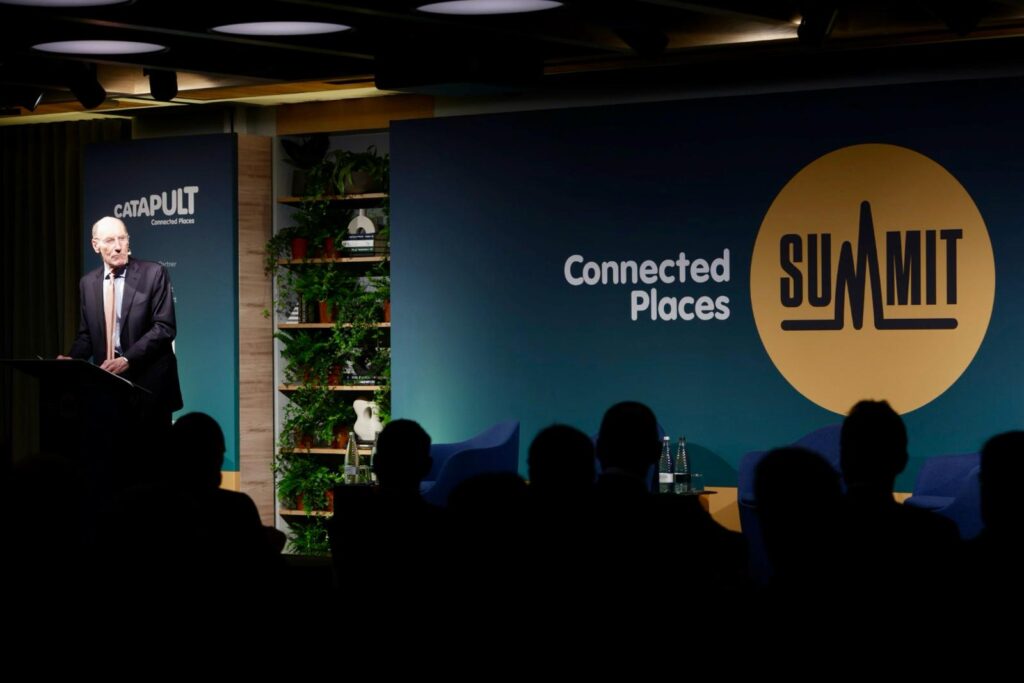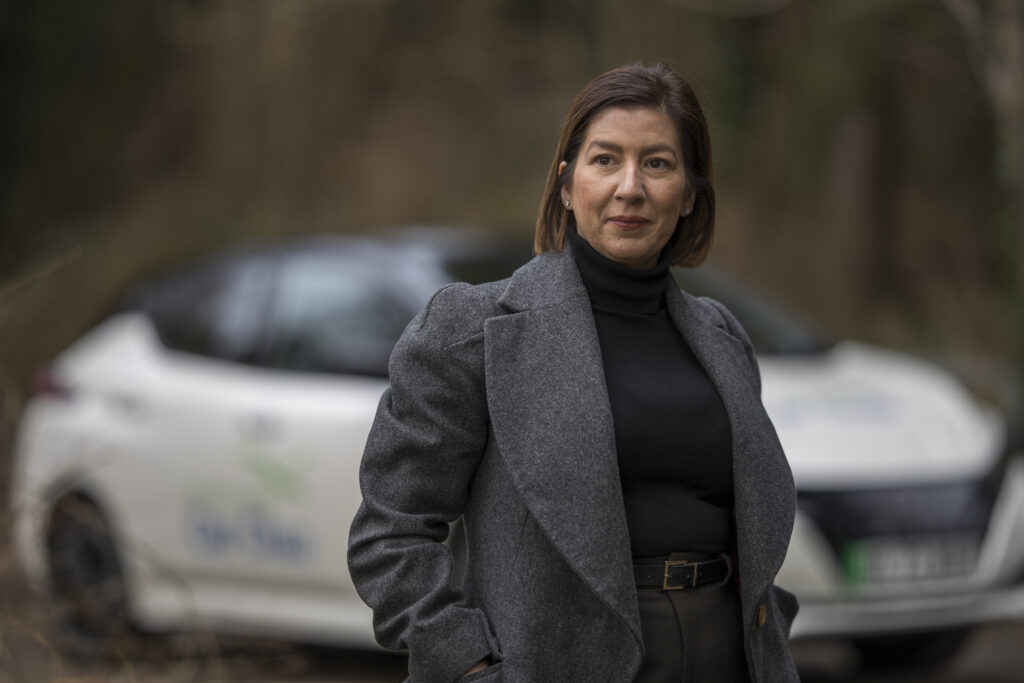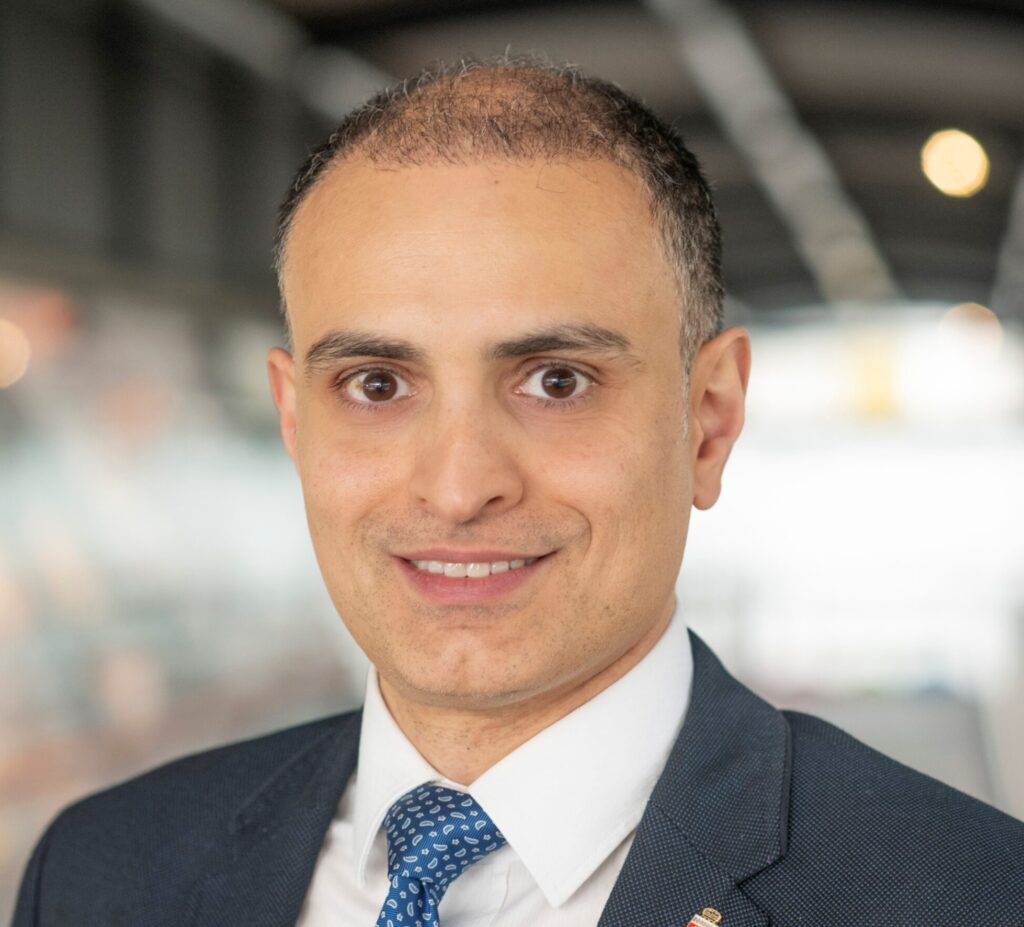The councils we spoke to are involved in running a wide range of healthy ageing projects using various technologies – for example assistive technologies for live-in users, sensors, personal devices, connected apps, voice-activated units and medication prompts, as well as housing developments designed with healthy ageing in mind. While a lot of solutions were focused on risk-management or mitigating the effects of medical conditions, councils expressed an interest in trials of enabling technologies to support greater independence amongst elderly; preventing problems before they occur (or at least delaying them).
What are councils learning about older people and technology?
As part of our Homes for Healthy Ageing programme, Connected Places Catapult carried out interviews with project leads at city and county councils. This gave us a clearer picture of the existing healthy ageing landscape as well as current initiatives and barriers to roll-outs. It also helped inform our partner selection process.

A range of initiatives
When it came to providing users with different technologies, multiple suppliers are often used to ensure people can use the technology that best suits their knowledge and capabilities. This presents a challenge when it comes to training, not only of users but staff. There was also interest in adapting assistive technologies which support adults with learning disabilities to support older adults with, for example, dementia.
Big Brother fear
One project has seen the installation of sensors in homes and distribution of technologies such as smart watches and Alexa units, to detect falls and send automated notifications to families and carers. After learning that some users were resistant to wearing pendants – due to these signalling that they needed ‘care’ – one council wanted to test whether smart watches were preferable as emergency devices. While there were some reservations about the size of the watches (especially for women), one of the biggest challenges they noted was people’s ‘Big Brother’ fear that they were being ‘watched’ and were wary of how much their daily conversations and movements were recorded, with users worried about their data security and bank details.
That said, if such fears can be overcome, project leads found that users were able to adopt voice command systems relatively easily and used them regularly. Ultimately it comes down to building trust and designing systems in such a way that privacy and data are safeguarded, making it easier to get informed consent for data usage.
“People want support/services in a subtle way – in a way which doesn’t scream ‘now I’m living in retirement housing’.”
Building and designing with healthy ageing in mind
As well as retrofitted solutions and personal devices, some councils are integrating healthy ageing solutions into design from the outset and are constructing specialist bungalows with integrated assistive technology that can link through an app to day centre staff. This should allow care recipients to delay or even avoid moving to a residential care home and provides care professionals with data from the installed sensors, improving future care planning.
New technologies are a vital part of healthy ageing solutions but staying in your own home doesn’t mean staying at home. Assistive technologies can only do so much, and councils can see there’s significant room for improvement in built environments. Rural areas especially can make healthy living challenging with some areas poorly connected for non-drivers and lacking pavements. Infrastructure needs to be designed to enable people to make healthy choices, while improving access to services and minimising a sense of isolation.
“As a Council, we need to make sure that thanks to the infrastructure people are inspired and have access to healthy lives, good choices.”
Starting the conversation with real users
Integration is a big challenge to consider in future projects – not only with care homes and service providers but between apps and technologies to offer a more seamless experiences for users. Current technology providers tend to lack a full understanding of the reality of an end user’s day-to-day life, so greater collaboration is required to ensure solutions are designed from the outset with real users in mind.
By involving ends users earlier, we can ensure their experiences better influence design and development, while helping them to feel part of the process. Not only would this lead to more consumer-friendly and attractive solutions, it might also motivate households to see the long-term benefits of investing in healthy ageing solutions in order to live better, longer.
“We’ve got a lot more insight than a GP because we’re in people’s homes, we’re engaging with them.”
Common challenges for councils in rolling out healthy ageing initiatives:
- Building a framework that applies to both rural and urban communities
- Education and supporting people to take charge of their health
- Building partnerships between the NHS, councils and other stakeholders
- Accessing funding
- Connectivity and broadband-reliant solutions
- Ensuring technology is installed correctly
- Integrating technical solutions with care providers
- Data privacy – high standards and reassuring users
- Data analysis and resources
- Training and education for end users and carers
- Finding the right touch points to engage with people
About Homes for Healthy Ageing
Connected Places Catapult is connecting UK businesses and non-profits with funding, testing and research opportunities to accelerate innovation that fully supports the diverse needs of the UK’s ageing population.
As part of our multi-year Homes for Healthy Ageing Programme, the Catapult is providing funding and expertise to find and test innovative solutions to local challenges around healthy ageing, through testbeds in five different locations across the UK. We have recently announced the first two location partners, Sunderland City Council and a Northern Ireland based consortium, for the programme’s autumn testbed phase. The Catapult is now running an ‘Open Call’ for innovative solutions from UK-based SMEs.
To find out more about these opportunities and how you can help build a healthy ageing future, fill out our Expression of Interest Form or email homesforhealthyageing@cp.catapult.org.uk. You can also listen to our recent Local Challenge Webinar to hear more details on how to apply and about the local challenges being tackled by our location partners.














